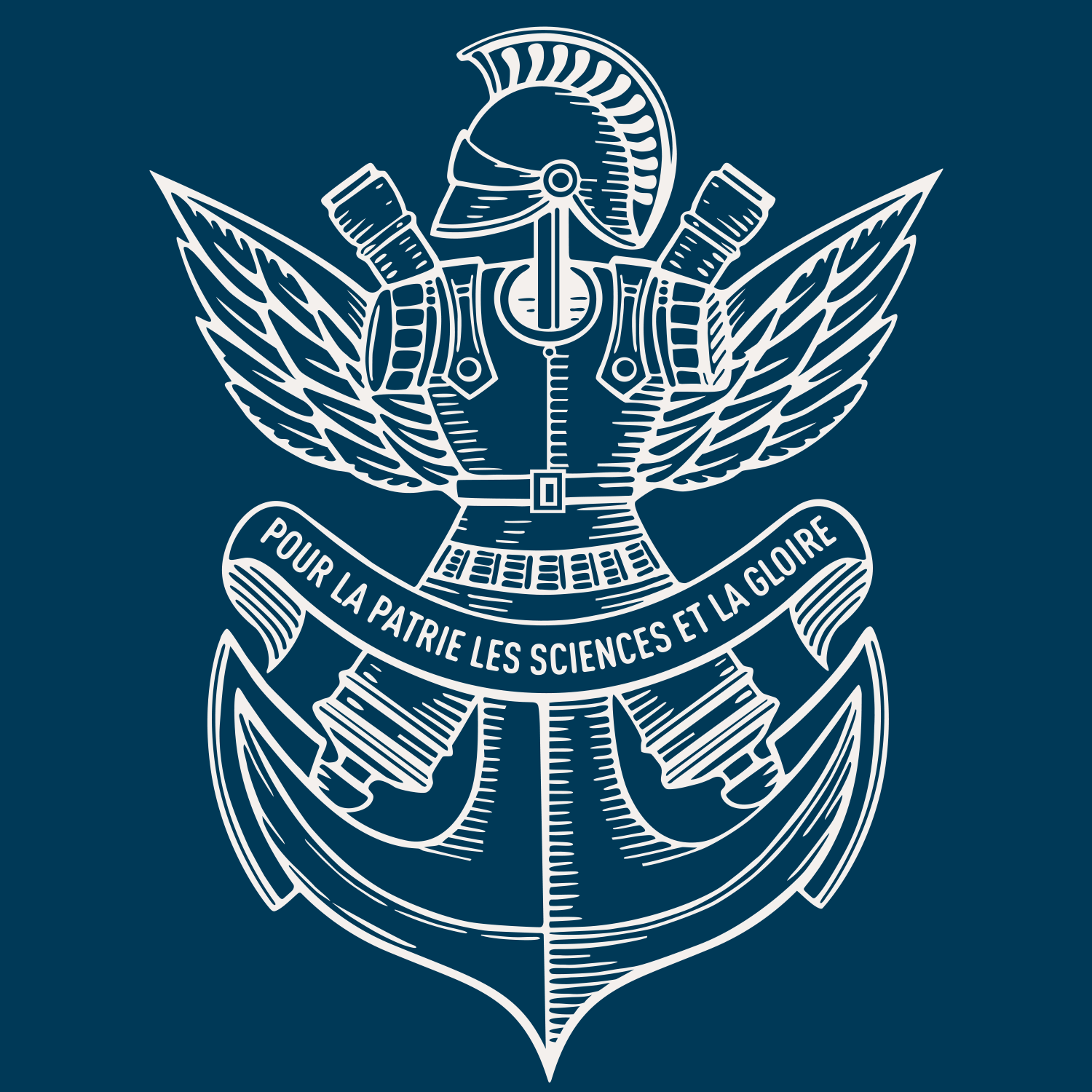Quasiparticle Self-Consistent GW Method for the Spectral Properties of Complex Materials
Résumé
The GW approximation to the formally exact many-body perturbation theory has been applied successfully to materials for several decades. Since the practical calculations are extremely cumbersome, the GW self-energy is most commonly evaluated using a first-order perturbative approach: This is the so-called G 0 W 0 scheme. However, the G 0 W 0 approximation depends heavily on the mean-field theory that is employed as a basis for the perturbation theory. Recently, a procedure to reach a kind of self-consistency within the GW framework has been proposed. The quasiparticle self-consistent GW (QSGW) approximation retains some positive aspects of a self-consistent approach, but circumvents the intricacies of the complete GW theory, which is inconveniently based on a non-Hermitian and dynamical self-energy. This new scheme allows one to surmount most of the flaws of the usual G 0 W 0 at a moderate calculation cost and at a reasonable implementation burden. In particular, the issues of small band gap semiconductors, of large band gap insulators, and of some transition metal oxides are then cured. The QSGW method broadens the range of materials for which the spectral properties can be predicted with confidence.

